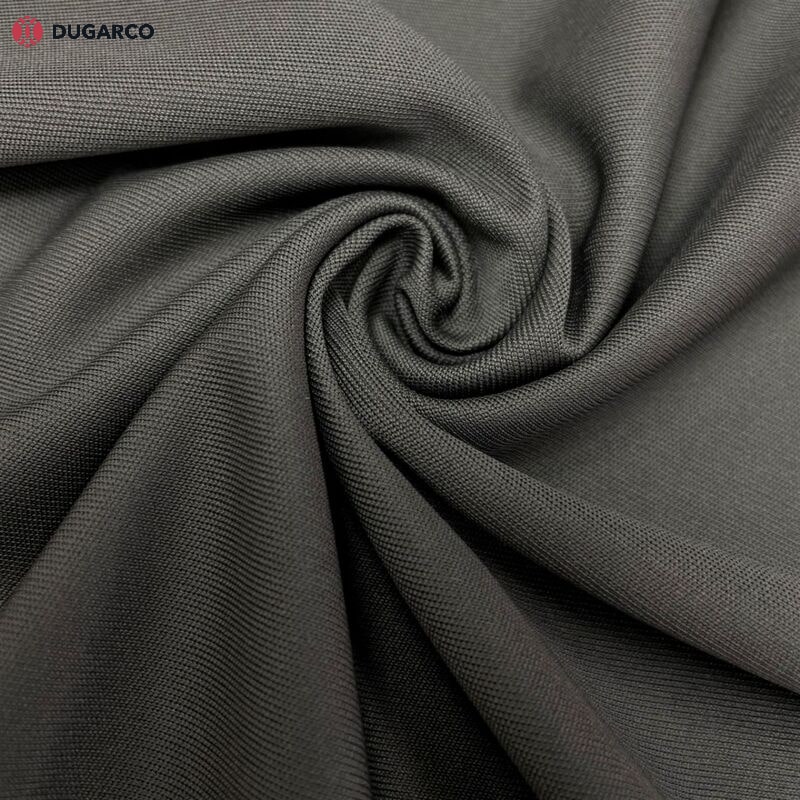Top News For Picking Hemp Clothes
Wiki Article
Why Is Hemp More Durable, Regenerative And Bidegradable Than Cotton?
Hemp is considered more biodegradable due its inherent qualities as well as the way it grows. Here's why- Biodegradability-
Natural FiberNatural Fiber Hemp is a plant that naturally produces fiber, and its fibers are biodegradable. When discarded, hemp clothing and textiles break down in a natural way, returning to the environment without generating the long-lasting garbage. This contrasts with synthetic fibres, such as polyamide that can break down over hundreds of decades.
Hemp Textiles do not contain synthetic additives They do not contain synthetic additives. Hemp fibers typically do not contain any synthetic additives. Some cotton textiles are, however, may have been treated with synthetic chemicals such as dyes and finishes that can hinder biodegradation.
Durability-
Hemp fibers can be characterized by their strength and durability. Hemp textiles and clothing are more durable to wear than cotton, making them last longer. The long-lasting nature of hemp clothing implies that it is able to endure more washings and wearing cycles before degrading.
Hemp fabric is less susceptible to pilling, which is the formation of tiny, fuzzy balls at the fabric surface. This is a factor that contributes to their longevity and quality.
Regenerative Agriculture-
Soil Health Hemp cultivation can be regenerative if carried out sustainably. Hemp cultivating sustainably is a deeply-rooted system that helps to stop compaction of the soil. This root system can also help prevent erosion. This regenerative element will leave the soil in a better state for the future growth.
Low environmental impact - Sustainable hemp cultivation techniques often use minimal pesticides or herbicides in order to minimize environmental damage. Cotton farming, which relies on synthetic chemicals, may cause soil degradation and water pollution.
Water Efficiency-
Hemp generally requires less water to grow than cotton. Its drought-resistant properties mean it can thrive with minimal irrigation or in rain-fed environments. This makes it more efficient in water use, particularly in regions where water resources are limited.
Hemp can be used in systems of crop rotation to enhance soil health and reduce disease risk and depletion. Crop rotation is not as common in the traditional cotton farming.
The versatility of hemp allows it to be used in many different applications, including clothing, textiles papers, building materials and paper. Hemp can be grown in numerous ways such as sustainable and regenerative.
Although hemp has numerous advantages, it is important to keep in mind that hemp and cotton could both be produced in a sustainable or non-sustainable method, based on farming methods and processing techniques. It is best to choose hemp products that are made using sustainable and ethical practices. This will increase the benefits for the environment. Similar to that using organic cotton can help alleviate some environmental issues associated with conventional cotton production. View the recommended hemp clothing recommendations for blog examples including hemp sportswear, hemp tank top, patagonia hemp shorts, dash hemp clothing, hemp jeans, clothes made from hemp, hemp wear, hemp shorts, patagonia island hemp pants, hemp underwear and more.

How Do Hemp Fibers Help On Carbon Sequestration Sustainability, Crop Rotation?
Hemp fibers are a sustainable choice for both agricultural and textile production. They can help with carbon sequestration and sustainability.
Fast growth- Hemp is a fast-growing plant that matures within 70-120 days, depending on the variety of plants and the growing conditions. In order to speed up their growth hemp plants take in CO2 from the atmosphere as part of photosynthesis. This carbon uptake may aid in the carbon dioxide sequestration which reduces the amount of CO2 that is absorbed by the atmosphere.
Biomass Production- Hemp is renowned for its prolific production of biomass. The plant's thick and tall foliage produces a significant quantity of organic substances. When the biomass is incorporated into soil or used in various ways, it could contribute to the accumulation of carbon and organic matter.
Sustainability:
Low Chemical Use- Hemp cultivation typically requires less synthetic pesticides and herbicides in comparison to other crops like cotton. Natural resistance to diseases and pests minimizes the need for chemical. The hemp industry that is organic, in particular emphasizes sustainability by avoiding synthetic chemicals.
Hemp has an excellent water-efficiency particularly when compared to water-intensive crops such as conventional cotton. This helps hemp to be more sustainable in areas with limited water resources.
Hemp’s deep root system improves the health of soil. Its roots can help stop erosion of soil by stabilizing the soil's structure and decreasing runoff. Hemp cultivation can also enhance the activity of soil microbes which helps to improve nutrient cycling and soil fertility overall.
Hemp is a great crop to incorporate into rotation systems. Crop rotation means alternating crop varieties in a field over duration. This practice helps break pest and disease cycles and reduce soil loss and improve the soil's structure. Hemp's role in rotational farming helps to sustain agricultural practices.
Crop Rotation
Hemp crops can be cultivated in rotation with other crops including legumes, grains, and even vegetables. Diversification is important for maintaining soil health, while reducing the chance of pests or diseases that are specific to specific crops, and encouraging a balanced nutrient cycle.
The hemp's roots are deep and penetrate the soil and allow it to aerate, reducing compacting and increasing the rate of water infiltration. The improved soil structure is beneficial to the crops following hemp.
In short, hemp fibers improve the storage of carbon, sustainability and crop rotation practices due to their rapid expansion and production of biomass. Additionally, they require a minimum of chemicals, make efficient utilization of water, and are compatible with crop rotating systems. These characteristics make hemp cultivation an environmentally friendly and sustainable agricultural practice. See the most popular hemp clothing for blog advice including hemp clothing for men, hemp denim, hemp jacket, hemp long sleeve shirt, organic hemp fabric, hemp bathing suit, hemp underwear, hemp tees, patagonia hemp overalls, hemp tank top and more.

What is the difference between bamboo and hemp fibers?
There are many differentiators between bamboo and hemp with their distinctive characteristics. Here are the major distinctions between hemp and bamboo fibers. Plant Source-
Hemp- Hemp fibres are made from the outer bast of stalks. Hemp has been used to serve a variety of purposes throughout through the ages. Hemp is a fast-growing and adaptable plant.
Bamboo- Bamboo fibers are derived by removing the woody part from the bamboo plant. Bamboo is a fast-growing species grass, renowned for its quick renewal and endurance.
2. Fiber Characteristics
Hemp- Hemp fibers are known for their strength and durability. They're one of the strongest fibers in nature and get softer each time they're cleaned, so they make great textiles.
Bamboo fibers can be smooth and soft. Although they may not be as sturdy as hemp fibers and are more delicate in certain instances, their comfort on the skin is highly appreciated.
3. Texture and Feel
Hemp- Hemp has a slightly rough texture, particularly in its natural form. It is very comfortable, however it is quite different than bamboo.
Bamboo fabric is soft, silky and luxuriously soft. The fabric is described as having a silky, silky, and cottony texture. It's very cozy.
4. Breathability, Moisture Wicking, and Breathability-
Hemp- Hemp fabrics are naturally wicking away moisture. This allows for more air circulation, and they also absorb water. They are a great way to keep cool during hot weather.
Bamboo is also extremely ventilated, and it also wicks away moisture. They also have micro-gaps which increase their capacity to regulate moisture and temperature, keeping you at ease in all conditions.
5. Environmental Impact-
Hemp Hemp is an eco-friendly fiber because of its fast growth rate, its low water needs, and resistance to insects. These elements reduce the use of herbicides or pesticides. It can also sequester carbon from the atmosphere during its growth.
Bamboo- Bamboo is known for its sustainability. It grows quickly, requires very little water and can be planted without herbicides or pesticides. Certain species of bamboo, such as Moso Bamboo, are believed to be highly sustainable.
6. Processing-
Hemp- Hemp requires extensive processing in order to separate its outer bast fibers (outer woody core) from the inner woody fibers. Processing can include retting, decoration, and mechanical separation.
Bamboo- Bamboo Fibers can be produced through a chemical process called the viscose/rayon process. This is the process of breaking down bamboo pulp with chemicals. This process can create environmental concerns when not managed in a responsible manner, certain bamboo textiles make use of closed-loop systems to decrease the amount of chemicals that are disposed.
7. Versatility-
Hemp Fibers- Hemp fibers can be used for a variety of applications, including clothing, textiles papers, and construction materials.
Bamboo Fibers- Bamboo fibres are utilized mostly in textiles and clothing however they can be found in other items such as towels and bedding.
Both hemp and bamboo have distinctive properties that provide sustainable benefits. Your choice depends on your preference for the environment and what you're looking for in terms of specific properties and characteristics. Have a look at the top bamboo clothes recommendations for site examples including childrens bamboo socks, bamboo apparel, bamboo apparel wholesale, bamboo polo shirts, bamboo onesies, bamboo hoodie women's, cheapest bamboo pajamas, boody bamboo underwear, bamboo viscose pajamas, lisa frank bamboo pajamas and more.
